Our mission
for modern lifestyle at competitive prices.
How The Weight Of An Electric Bike Affects Its Performance And Energy Use
Is a lighter e-bike always the better choice? Or can additional weight offer unique advantages? To answer these questions, let’s explore how e-bike weight affects performance and energy efficiency.
Lightweight e-bikes – efficiency and convenience
Lighter electric bikes are highly efficient. A lower weight means the motor requires less power to accelerate and maintain speed, which extends the range. Reducing weight by just a few kilograms can improve efficiency by up to 15%, especially in urban areas where frequent stops and starts are common.
For instance, the Viva model, weighing just 22 kg, demonstrates how a well-designed lightweight e-bike can optimize energy use while remaining easy to carry and store. This makes it an excellent option for those seeking a practical and agile solution for daily rides.
Heavier models – stability and durability
Heavier e-bikes offer clear advantages, particularly for riders prioritizing stability on uneven terrain. Additional weight enhances traction and improves balance, making them ideal for longer routes or more challenging surfaces.
A perfect example is the Henry, featuring a centrally placed motor and robust frame. This design ensures exceptional stability and smooth handling, whether on a daily commute or an adventurous trip through varied landscapes.
Weight and ride dynamics
An e-bike’s weight directly impacts its handling and overall riding experience. From quick turns to confidence on steep trails, weight plays a critical role.
• Lightweight models:
◦ Allow for quick maneuvers and agile turns.
◦ Are easy to carry and lift over obstacles.
◦ Perform exceptionally well on short urban routes.
• Heavier models:
◦ Provide more stability on rough surfaces.
◦ Reduce vibrations for greater comfort during extended rides.
◦ Deliver predictable handling at higher speeds or on straighter paths.
Durability, components, and maintenance
E-bike weight also determines the demands placed on its components. Heavier models require reinforced brakes, durable frames, and high-quality tires to withstand additional strain. Moreover, a heavier motor may experience more wear over time if not maintained properly.
In contrast, lighter bikes reduce stress on components, which prolongs their lifespan and lowers maintenance requirements. For example, the Luxe model features a carbon belt drive instead of a chain, ensuring exceptional durability with minimal upkeep while offering a sleek and modern design.

The weight of an e-bike significantly shapes its performance, durability, and overall user experience. The key to satisfaction lies in choosing a model that aligns with your specific needs. Whether you value lightweight convenience or the stability of a heavier build, the right e-bike allows you to make the most of cutting-edge technology and enjoy every ride to the fullest.





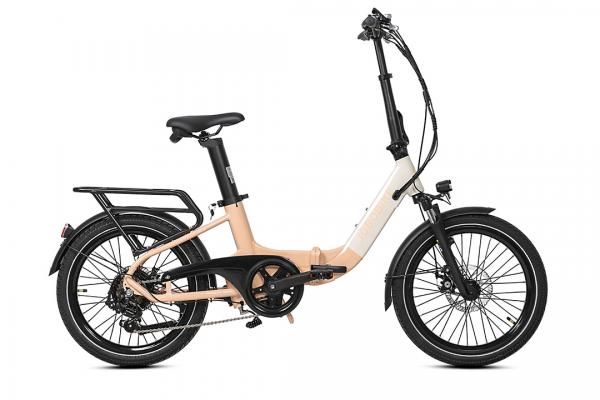
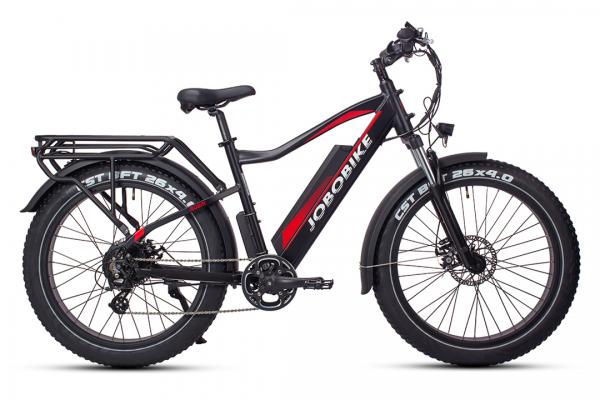
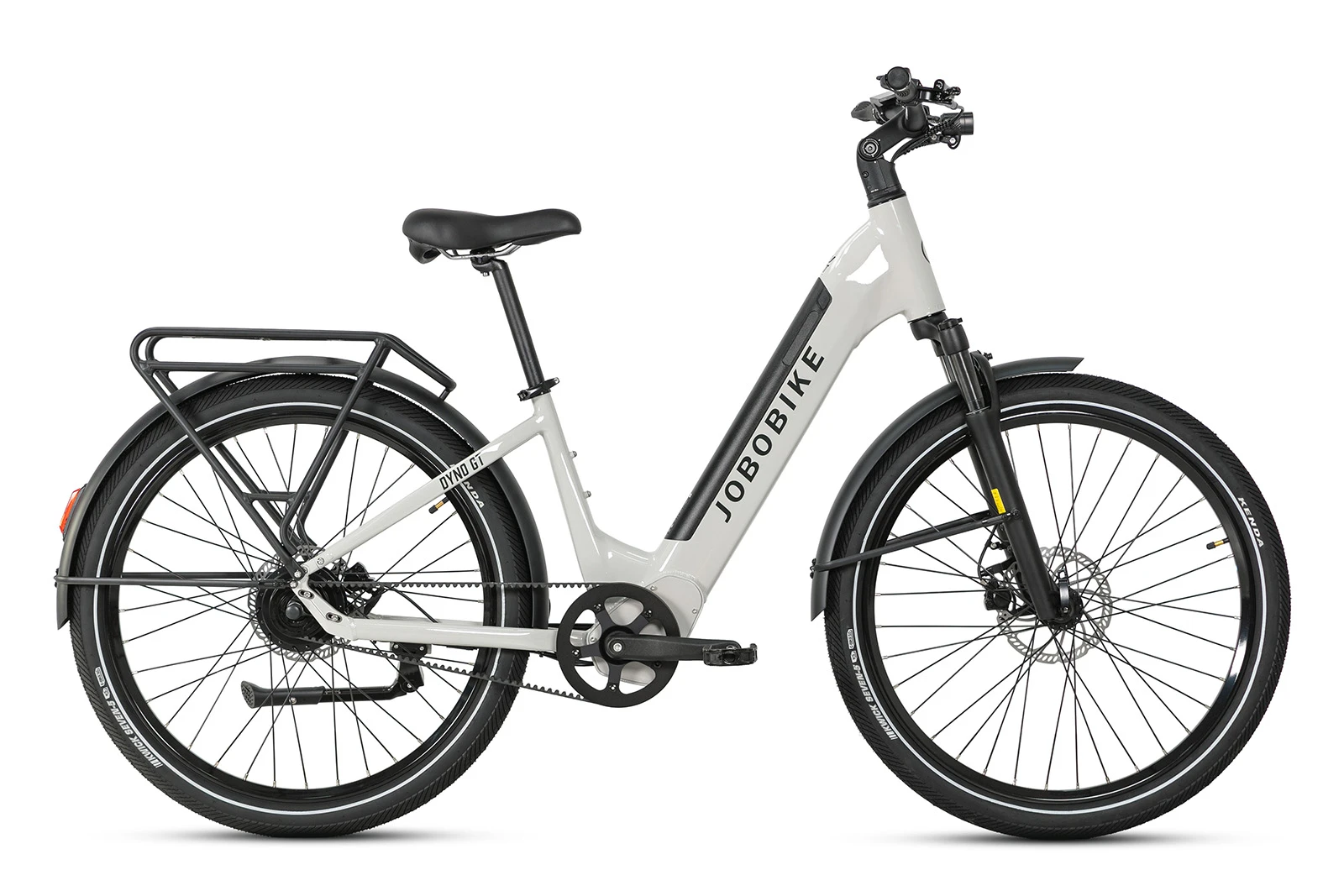
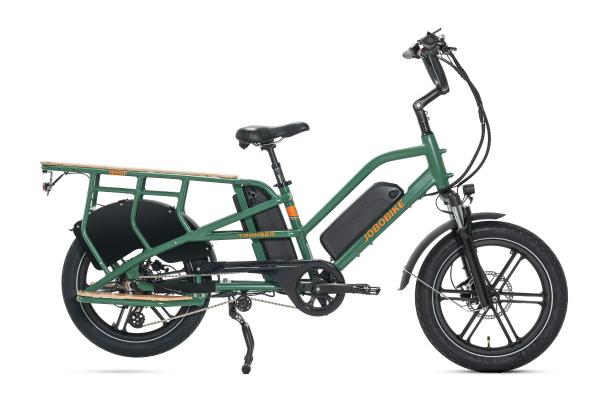

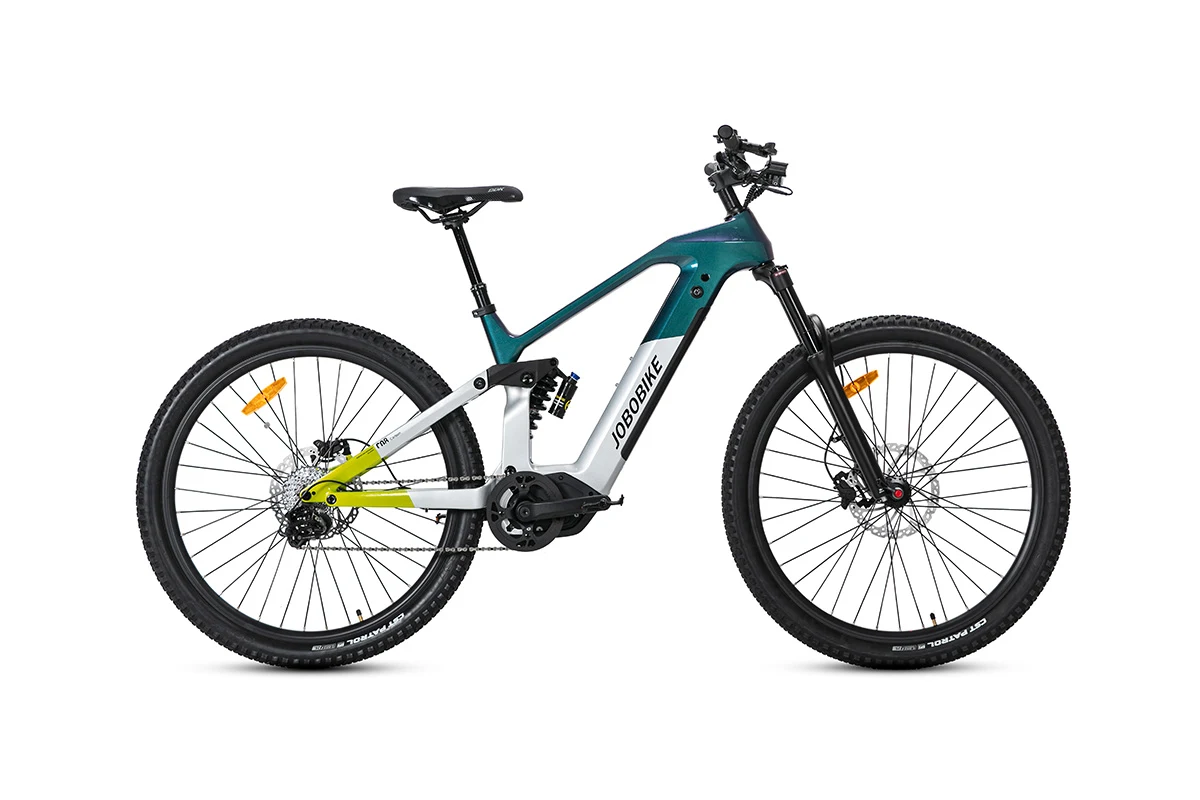
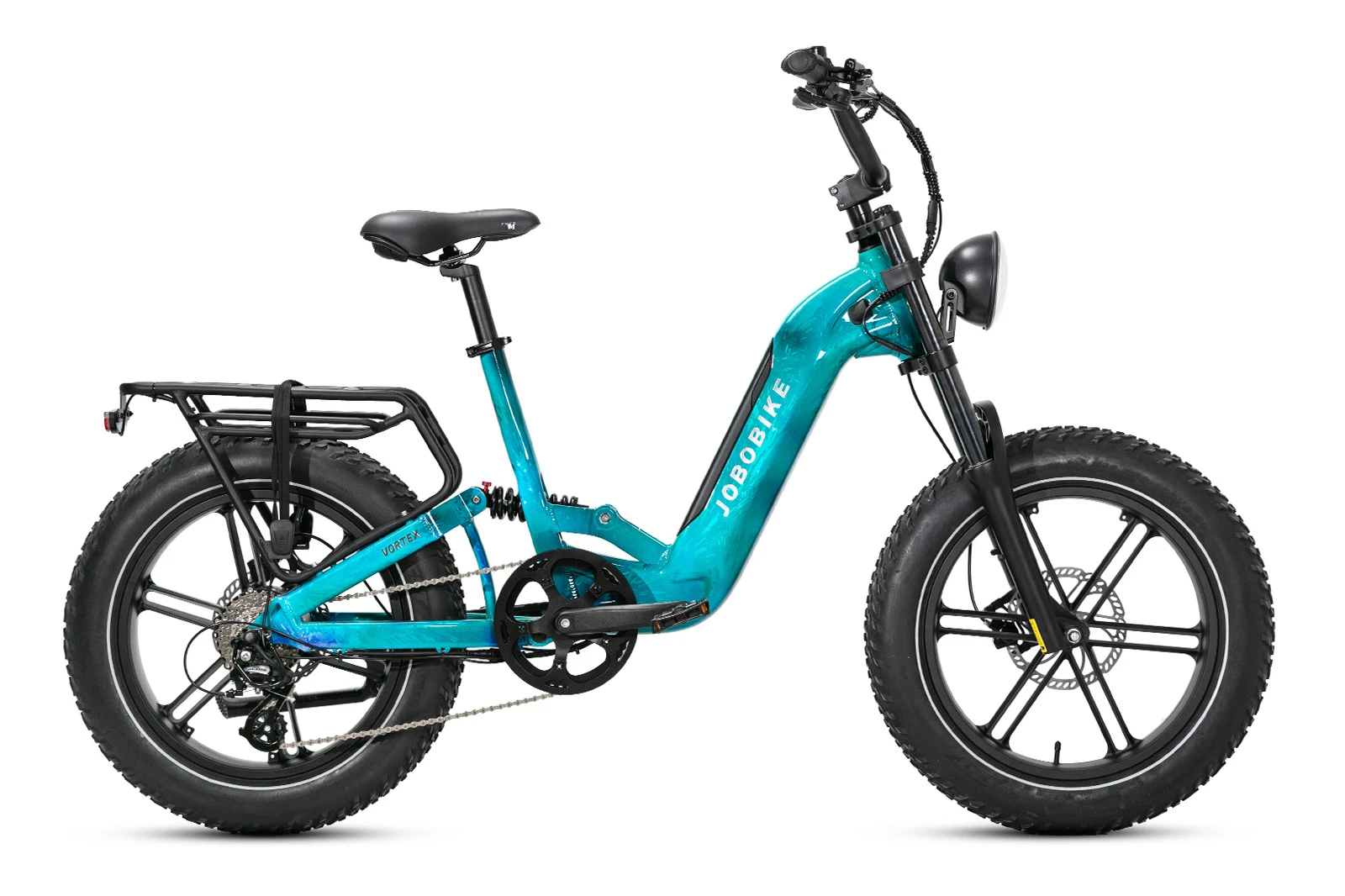
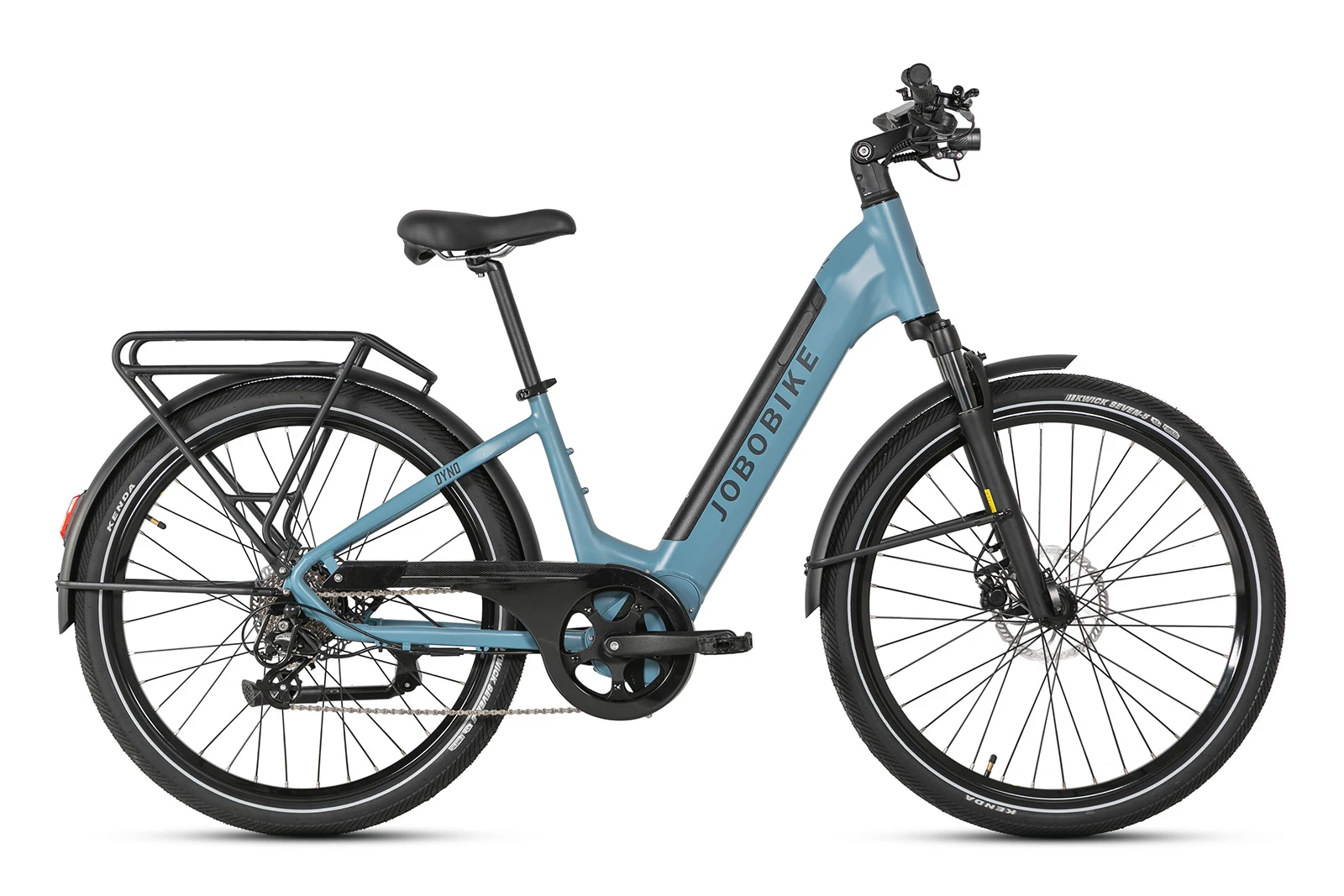
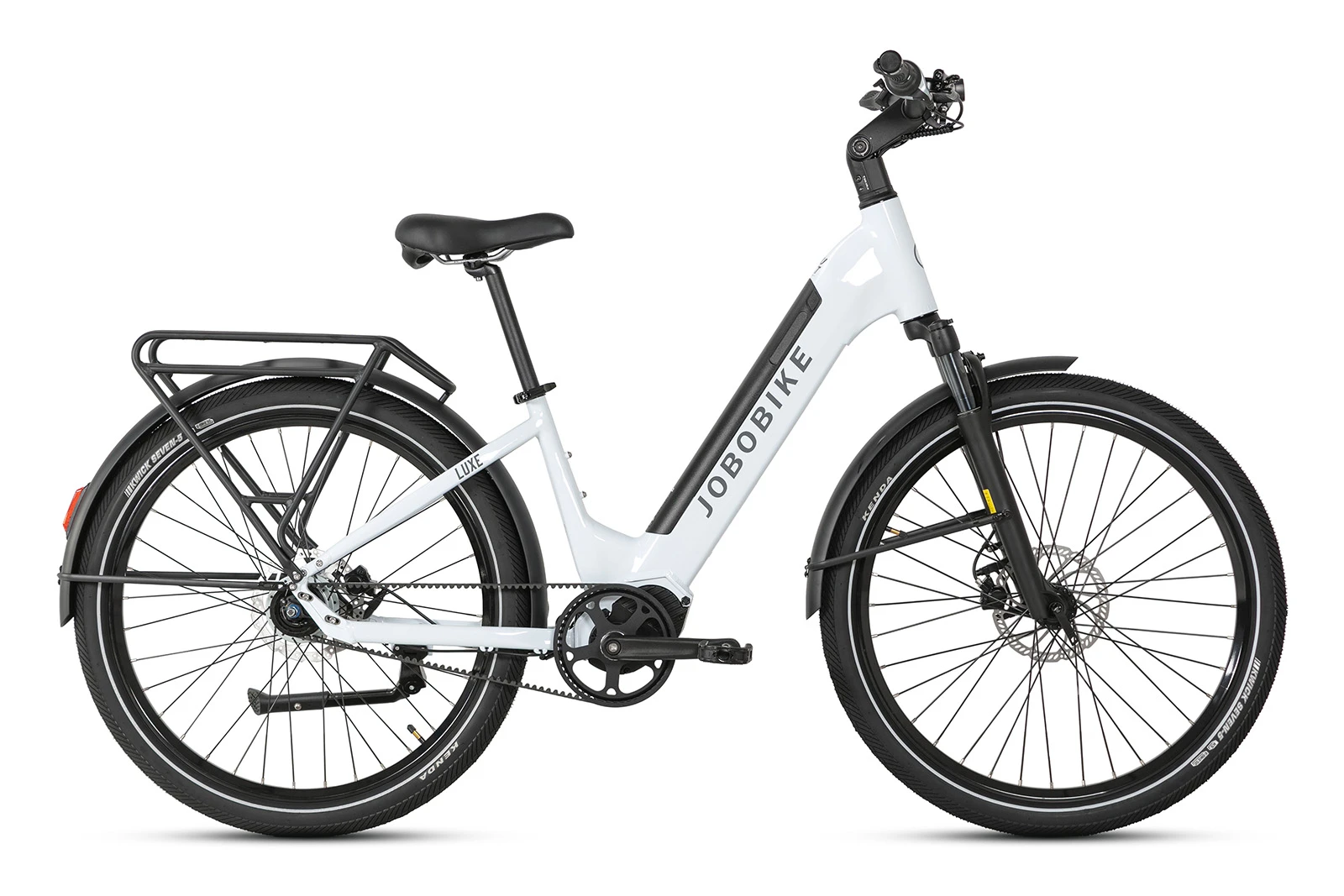
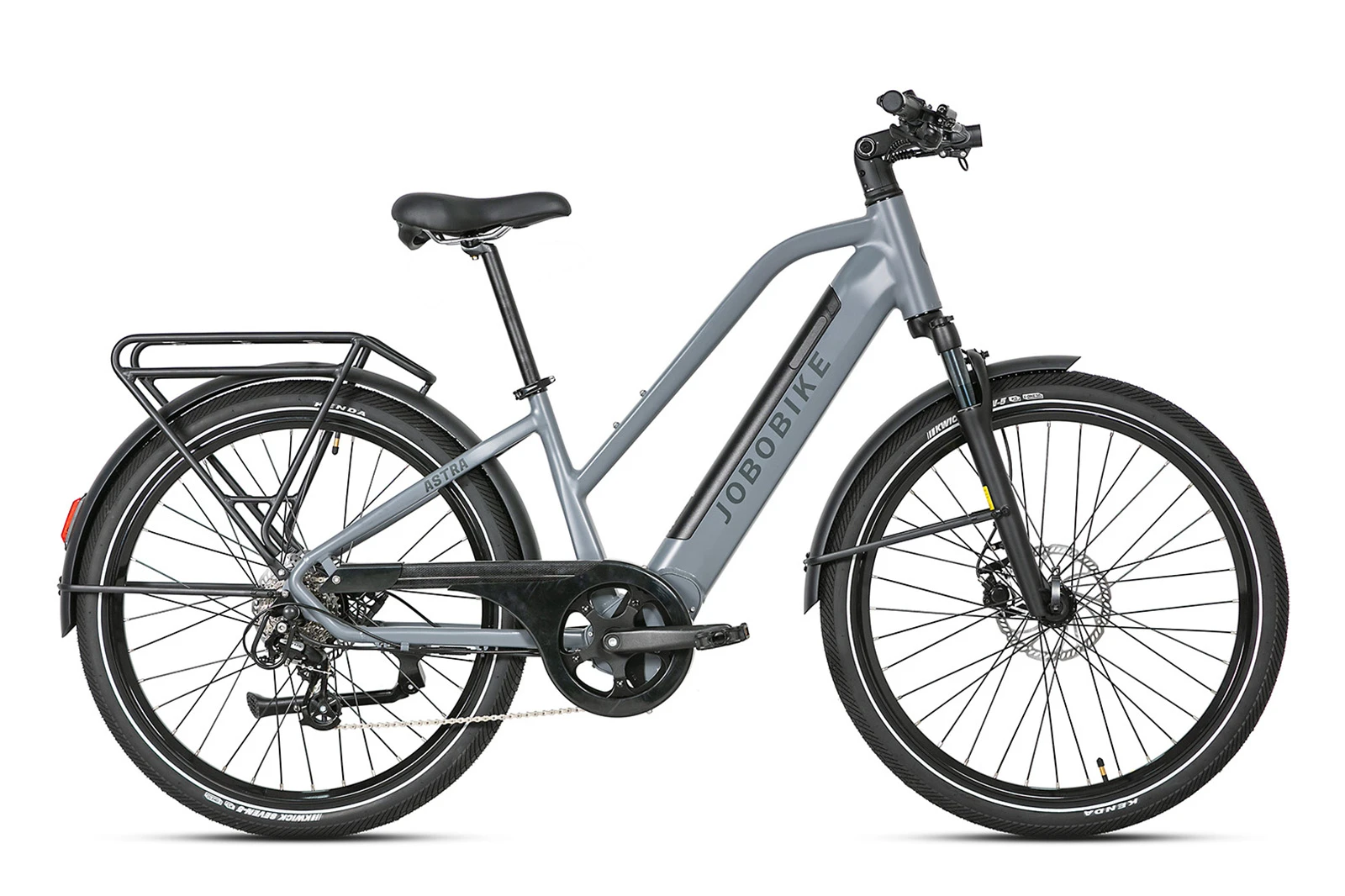
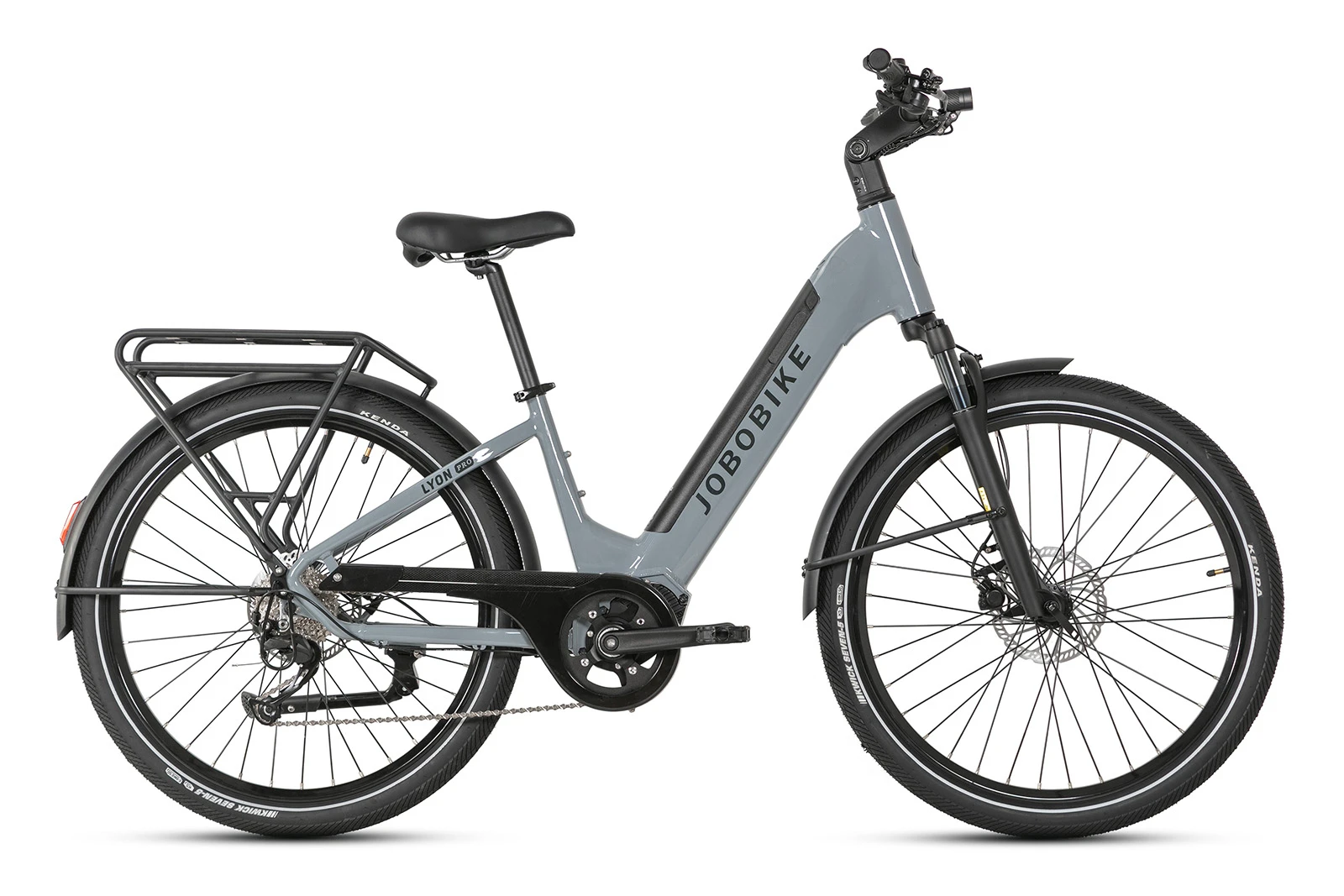


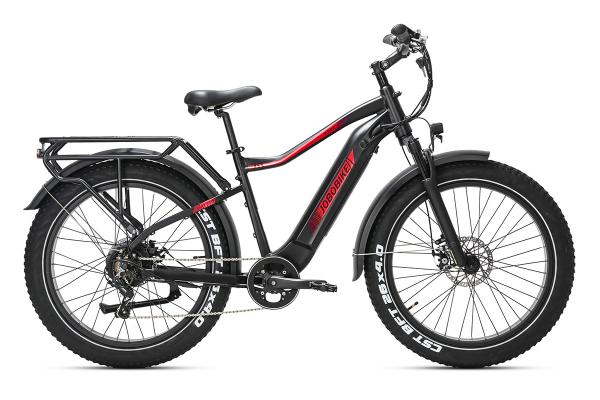
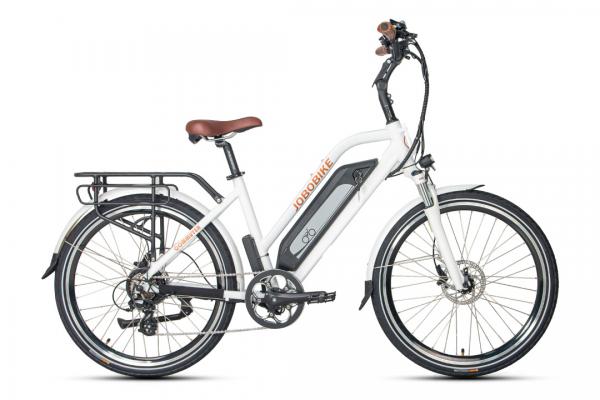
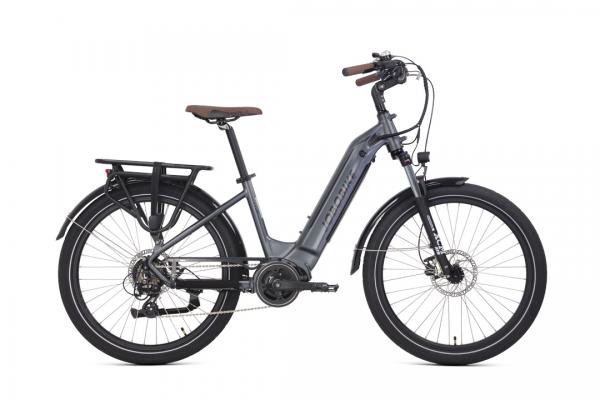
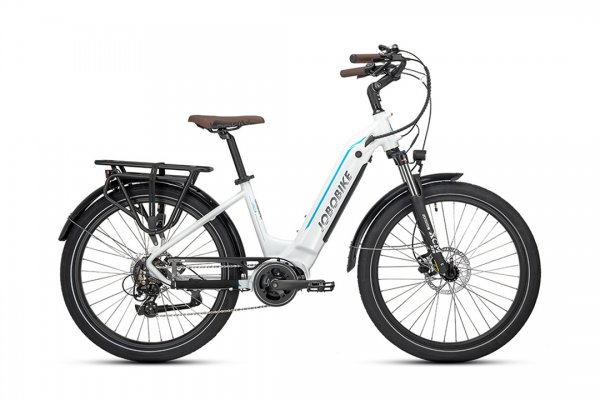
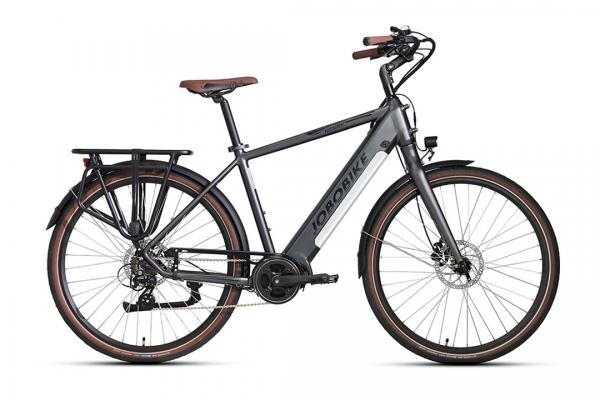
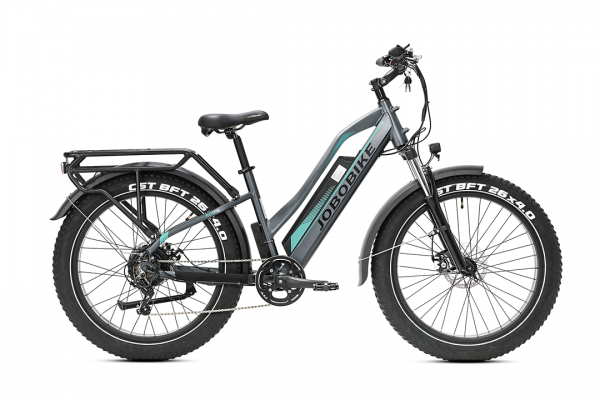
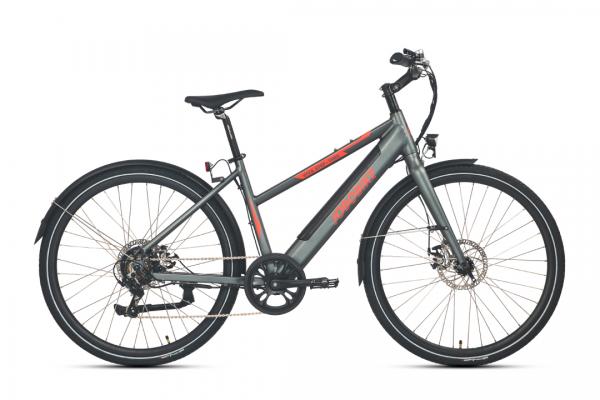
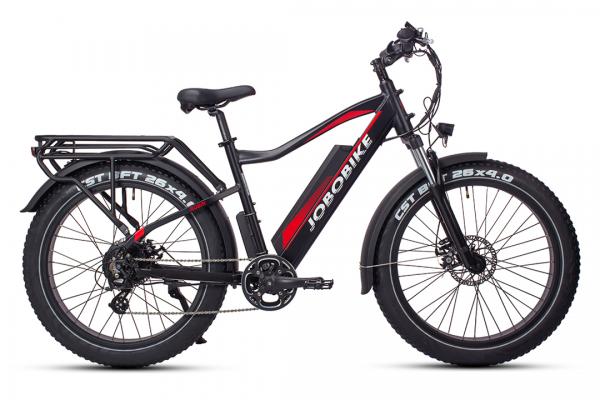
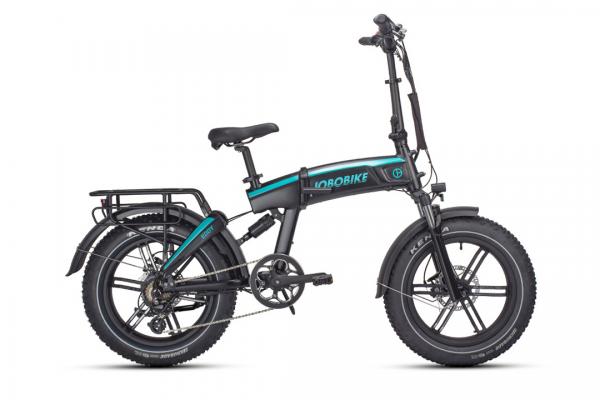
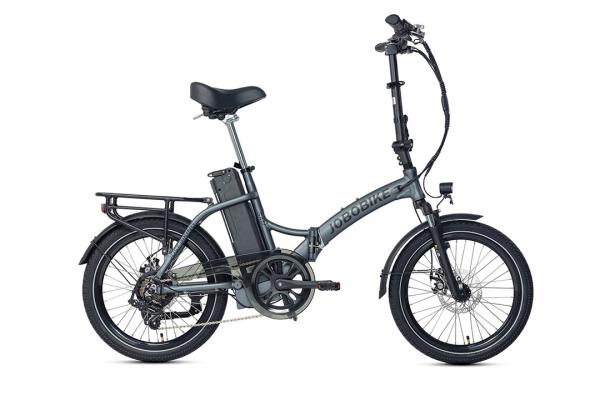
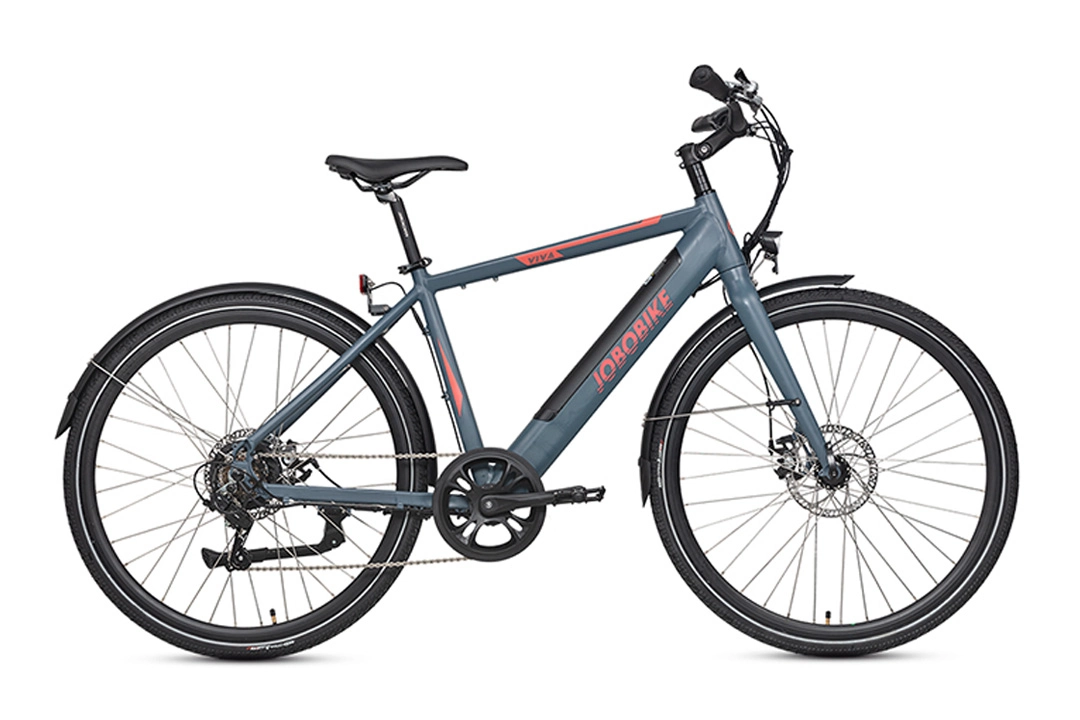
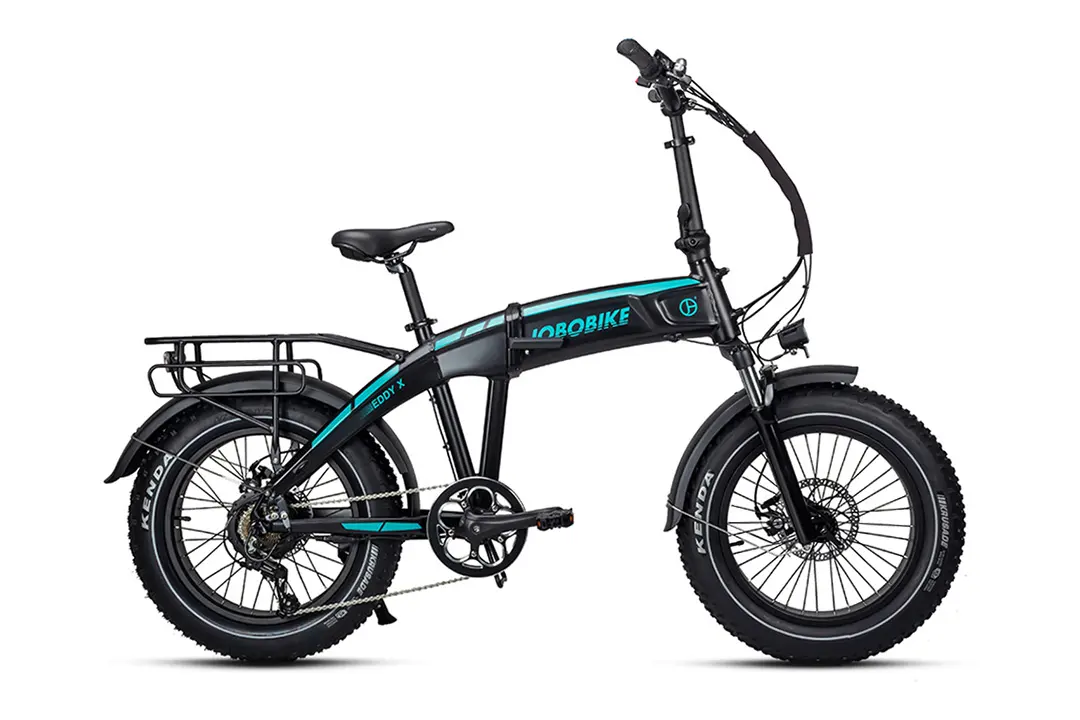
 JOBOBIKE Sam
JOBOBIKE Sam  JOBOBIKE Robin
JOBOBIKE Robin 
